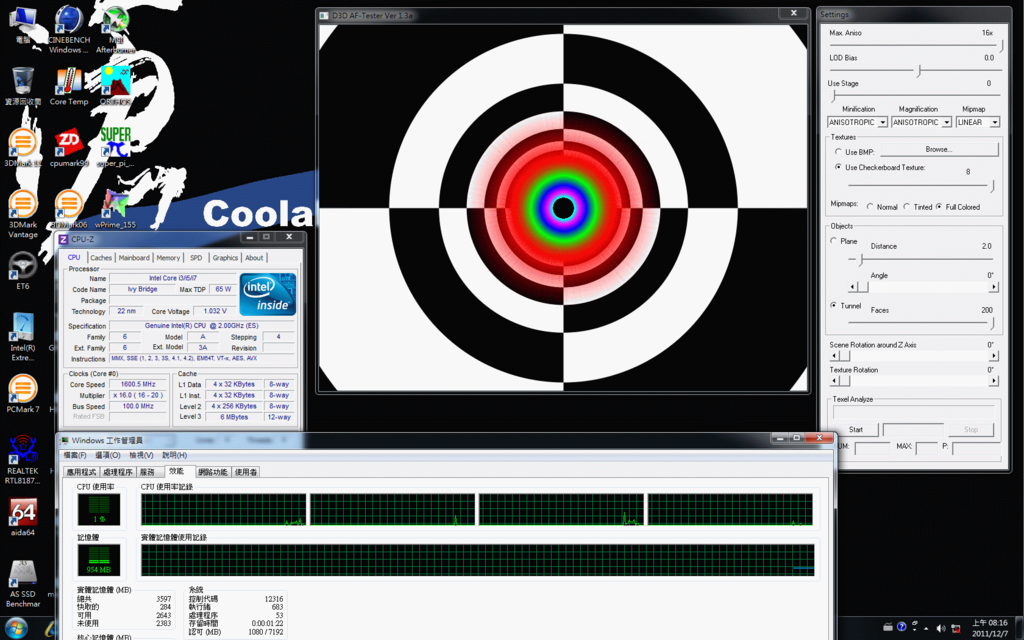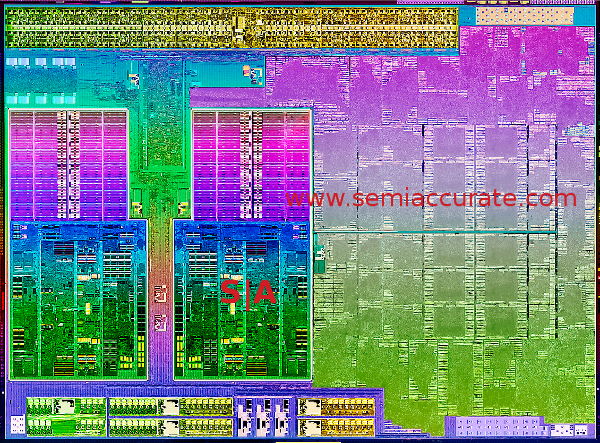You are using an out of date browser. It may not display this or other websites correctly.
You should upgrade or use an alternative browser.
You should upgrade or use an alternative browser.
Trinity vs Ivy Bridge
- Thread starter rpg.314
- Start date
Will it have PCIe3?
apparently no
Performance slides inside the video: http://www.donanimhaber.com/islemci...banli-Fusion-islemcileri-hakkinda-her-sey.htm
Desktop APUs:
Trinity A8: 715GFLOPs
Llano A8: 415GFLOPs
Trinity A8: 4500 3DMark Vantage
Llano A8: 3335 3DMark Vantage
- probably GPU scores, both @ DDR3-1866
Desktop APUs:
Trinity A8: 715GFLOPs
Llano A8: 415GFLOPs
Trinity A8: 4500 3DMark Vantage
Llano A8: 3335 3DMark Vantage
- probably GPU scores, both @ DDR3-1866
Performance slides inside the video: http://www.donanimhaber.com/islemci...banli-Fusion-islemcileri-hakkinda-her-sey.htm
Desktop APUs:
Trinity A8: 715GFLOPs
Llano A8: 415GFLOPs
Trinity A8: 4500 3DMark Vantage
Llano A8: 3335 3DMark Vantage
- probably GPU scores, both @ DDR3-1866
17 min video for 2 slides (in case you're wondering the performance slide is at 10 minutes)?
If that slide is real AMD can't even count the gflops on Llano... as the gpu is good for 480 gflops in the a8 on the desktop.
In any case, seems to confirm earlier predictions. A solid increase but nothing earth-shattering (and gflops increasing more than performance - no matter the gpu arch this is almost certainly due to memory bandwidth not going up).
17 min video for 2 slides (in case you're wondering the performance slide is at 10 minutes)?
If that slide is real AMD can't even count the gflops on Llano... as the gpu is good for 480 gflops in the a8 on the desktop.
In any case, seems to confirm earlier predictions. A solid increase but nothing earth-shattering (and gflops increasing more than performance - no matter the gpu arch this is almost certainly due to memory bandwidth not going up).
But with Trinity you can get more memory bandwidth. IMC will officially support DDR3-2133, which should be enough to keep these extra FLOPS somewhat happy.
But with Trinity you can get more memory bandwidth. IMC will officially support DDR3-2133, which should be enough to keep these extra FLOPS somewhat happy.
Not nearly enough even if one creatively interprets Amdhal's opinion (yeah, perhaps not the best rule to take into account these days, but it holds merit!). They should get a better MC though (this is one of the areas where BD did improve siginifcantly vs K8L), which means reasonable increases on that front even without ludicrously priced DRAM (2133 is quite expensive when considered in the context of its slower clocked siblings).
Actually I was wondering why AMD do not think of triple channel. I habour its gonna be useful.
It's also expensive, and unrealistic for their targets (laptops, cheapie desktops etc.).
D
Deleted member 13524
Guest
It's also expensive, and unrealistic for their targets (laptops, cheapie desktops etc.).
It's none of that if the purpose is to make an APU that really discards a mid-high end discrete GPU.
Unless you think adding a third memory channel is more expensive than an entire MXM card...
It's none of that if the purpose is to make an APU that really discards a mid-high end discrete GPU.
Unless you think adding a third memory channel is more expensive than an entire MXM card...
But the bulk of the market remains integrated graphics. If you want a competitive product for this target, triple channel isn't realistic.
Well, I suppose you could always design a 3-channel APU and let motherboard makers produce boards with only 2 channels for cost-sensitive markets. You'd need a bigger die and more complex socket, but maybe not significantly more expensive boards for OEMs that don't want them.
D
Deleted member 13524
Guest
But the bulk of the market remains integrated graphics. If you want a competitive product for this target, triple channel isn't realistic.
Well, I suppose you could always design a 3-channel APU and let motherboard makers produce boards with only 2 channels for cost-sensitive markets. You'd need a bigger die and more complex socket, but maybe not significantly more expensive boards for OEMs that don't want them.
Of course AMD wouldn't create a 3-channel solution for 500€ laptops..
It's a matter of either creating a platform for that end or not.
Yes, the socket would have to be more complex, but AMD coud sell APUs with 2 or 3 channels and motherboards with 2 or 3 channels, using the same sockets.
A 28nm APU with dual-module Piledriver, Juniper-ish iGPU and efficient 3-channel memory controller would nail all the 800-1200€ laptop designs that are today ruled by Sandybridge + nVidia GF108/GF106 combos.
Ivy Bridge GT1 @ Coolaler:
http://www.coolaler.com/showthread.php?t=278192&page=11
HD2500 15.26.0.2500
900 Mhz Vantage GPU: 1150
1500 Mhz OC Vantage GPU: 2022
900 Mhz? 3DM11: P351 (263 graphics-score) compare
Circle @ D3D-AF-Tester:

So HD 4000 might go against HD 6450?
16 EUs @ 1300MHz (Mobile-i7) should deliver ~330GFLOPs(@MAC)?
http://www.coolaler.com/showthread.php?t=278192&page=11
HD2500 15.26.0.2500
900 Mhz Vantage GPU: 1150
1500 Mhz OC Vantage GPU: 2022
900 Mhz? 3DM11: P351 (263 graphics-score) compare
Circle @ D3D-AF-Tester:

So HD 4000 might go against HD 6450?
16 EUs @ 1300MHz (Mobile-i7) should deliver ~330GFLOPs(@MAC)?
Last edited by a moderator:
Ivy Bridge GT1 @ Coolaler:
http://www.coolaler.com/showthread.php?t=278192&page=11
HD2500 15.26.0.2500
900 Mhz Vantage GPU: 1150
1500 Mhz OC Vantage GPU: 2022
900 Mhz? 3DM11: P351 (263 graphics-score) compare
Circle @ D3D-AF-Tester:

So HD 4000 might go against HD 6450?
16 EUs @ 1300MHz (Mobile-i7) should deliver ~330GFLOPs(@MAC)?
Nice circle there.
For mobile, even the dual core should have HD4000.
DarthShader
Regular
50% more in Flops? When did they promise that? I can only remember this pic in the bottom of the page:
http://www.anandtech.com/show/4444/amd-llano-notebook-review-a-series-fusion-apu-a8-3500m/13
http://www.anandtech.com/show/4444/amd-llano-notebook-review-a-series-fusion-apu-a8-3500m/13
They "promised" 30 % higher GPU performance and 715 GFLOPs (but those Llano numbers are wrong)
50% more in Flops? When did they promise that? I can only remember this pic in the bottom of the page:
http://www.anandtech.com/show/4444/amd-llano-notebook-review-a-series-fusion-apu-a8-3500m/13
You're right, Llano indicates ~600 GFLOPS, Trinity indicates ~1100 GFLOPS, making the difference ~78% according to that chat. Obviously there's room for interpretation based on how thick the line is and where the labels are placed, but that's how I see it anyway.
Similar threads
- Replies
- 24
- Views
- 8K
- Replies
- 98
- Views
- 34K

